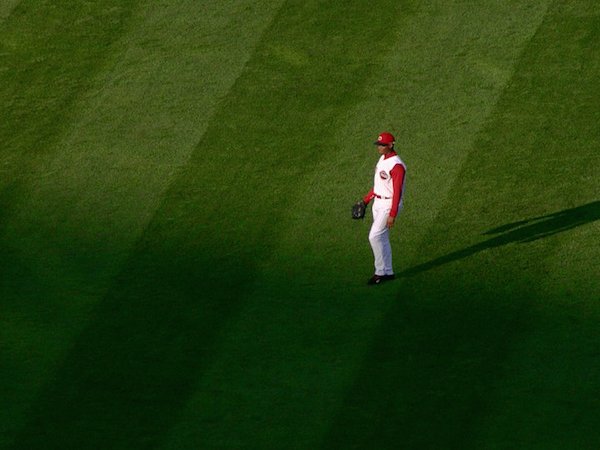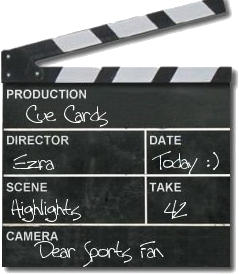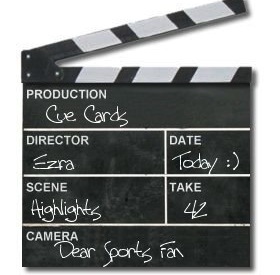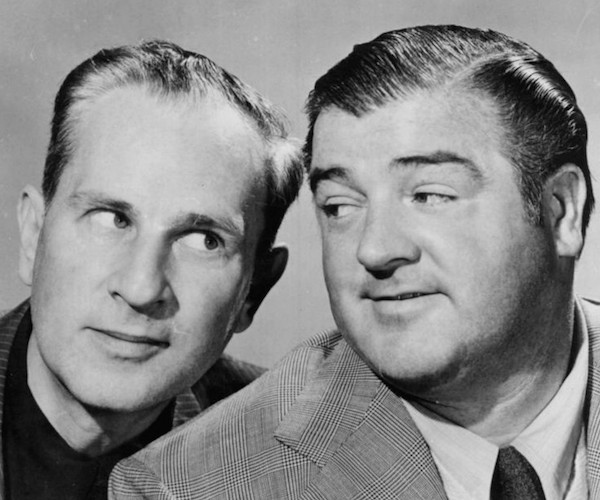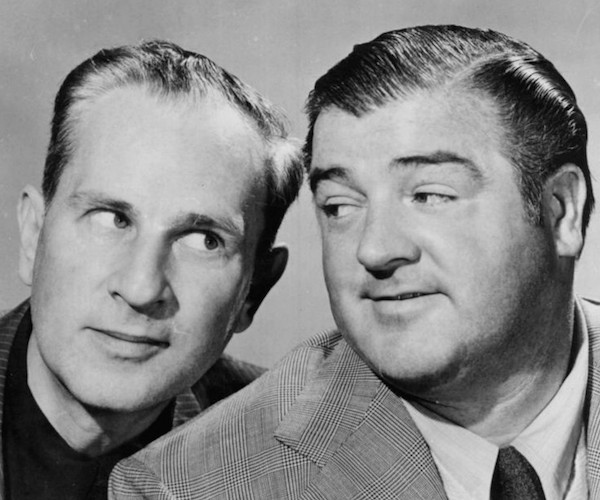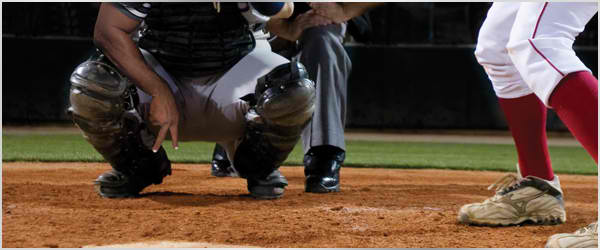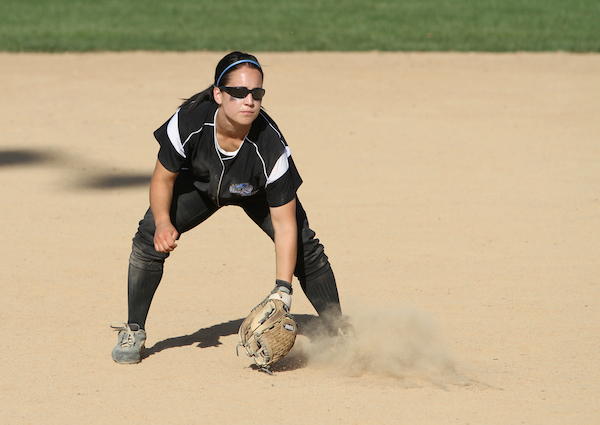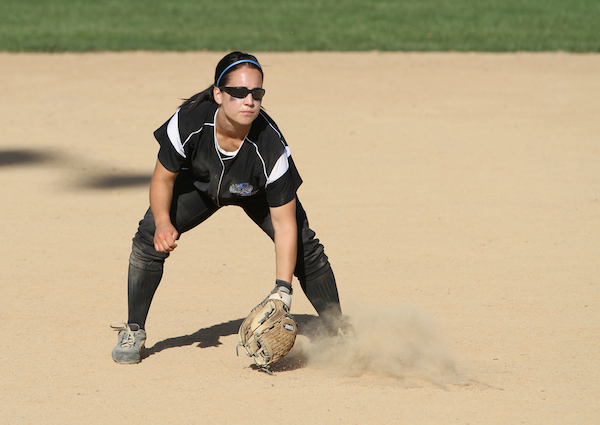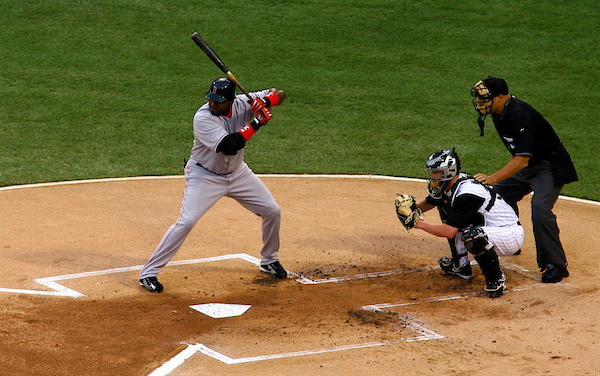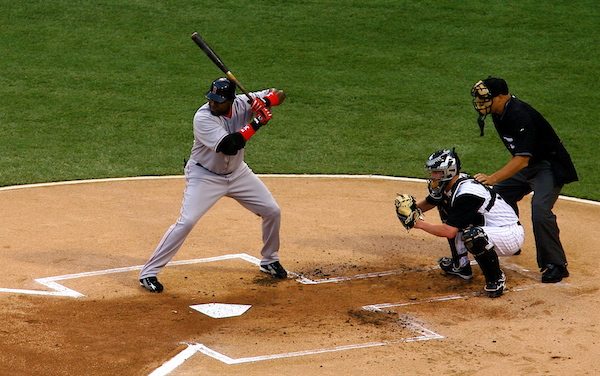Dear Sports Fan,
What are outfielders in baseball or softball? How many of them are there and what is the difference between the outfield positions?
Thanks,
Jack
— — —
Dear Jack,
Outfielders are the players who play farthest from home plate. If you imagine a baseball field seen from above, there’s the diamond that the four bases make, which is covered with a dirt and then the area beyond it, which is grass. The outfielders are those players who play literally out in the field. There are three outfielders in competitive baseball and softball: left field, right field, and center field. In “beer-league” or recreational softball, there is sometimes a fourth outfielder added into the mix. The primary responsibility of outfielders is to track the ball when it is hit, do the complicated calculation of where it is going to land, figure out in a split second whether or not they will be able to catch it, and then sprint to the best spot to catch it or, if that’s impossible, to grab it and throw it to the correct teammate in the infield. Playing in the outfield requires speed, good judgement, and a strong arm. Although it only happens once every dozen games or so, outfielders also have to be ready physically and psychologically to climb or smash themselves into the outfield wall while going at full speed to catch the ball. Although the outfield positions are much closer to each other than the infield positions are, there are some differences in what is required at each position.
Center Field
Center fielders are the unofficial captains of the outfield. They cover the most ground and field the most balls. They are also responsible for coordination if there’s any indecision about who is going to field a ball. In case the player trying to catch the ball misses it, outfielders back each other up on every hit. For center fielders, this means they are either fielding or backing up their neighbor on every single ball hit to the outfield. That’s a lot of running! Center fielders need to have endurance as well as speed.
Left field
Left fielders field the second most balls in the outfield. This is especially true in youth, recreational, or college ball because most hitters are righties and most righties naturally hit the ball in the direction of their swing — towards left field. The left fielder is able to have the weakest arm of all the outfielders. This is because, if a ball is hit to left field, there’s no real chance of getting the ball to first base before the runner gets there. In this case, the left fielder is usually able to throw the ball to the second baseman — or the third baseman who runs over to a spot between the outfielder and second base — in time to stop the runner from getting to second. If there’s already a runner on base and the ball goes to left field, the necessary throw to prevent things from getting out of hand is the shortest one possible — to third base. This great, old-school, typed Outfield Fundamentals by Mike Evans points out that a right-handed player will find left field easier.
Right Field
Right fielders field the fewest balls, but when they do, they have to make the hardest throws to prevent runners from advancing from first to second base or second to third. The throw from right field to third base is particularly far, difficult, and important. The reason why right fielders field fewer balls than the other positions is because batters tend to find it easier to “pull” the ball across their bodies as opposed to angling it to the “opposite field.” Only left-handed batters can pull the ball to right field. The practical result of this is that right fielders tend to be the weakest fielders in the outfield. In recreational softball or baseball, right field is frequently a place you can stash someone who really doesn’t know how to even catch the ball because so few balls will be hit to them. In major league baseball, where pretty much everyone knows how to catch, the difference between fielders is smaller but right field is still the place where you’ll find players who deserve their spots on the team because they are great hitters but who aren’t great fielders.
Outfielders cover an extraordinary amount of space in an impressive way. Baseball fields don’t have to have standard dimensions and in fact, they vary quite a bit. According to Business Insider, the average ball park is 2.49 acres. The largest field is home to the Colorado Rockies and is .18 acres bigger than average. The smallest is Fenway Park in Boston which is .15 acres smaller than average. That might not seem like a big range, but consider that the outfielders in Boston play their home games in a park 14,375 square feet smaller than the outfielders in Colorado. These differences, can play a part in how a team constructs their lineup. The Red Sox may be able to do with better offensive players who are weaker defensively in the outfield while the Rockies first priority has to be defensive range.
Hope this has helped you understand what outfielders in baseball and softball are,
Ezra Fischer


